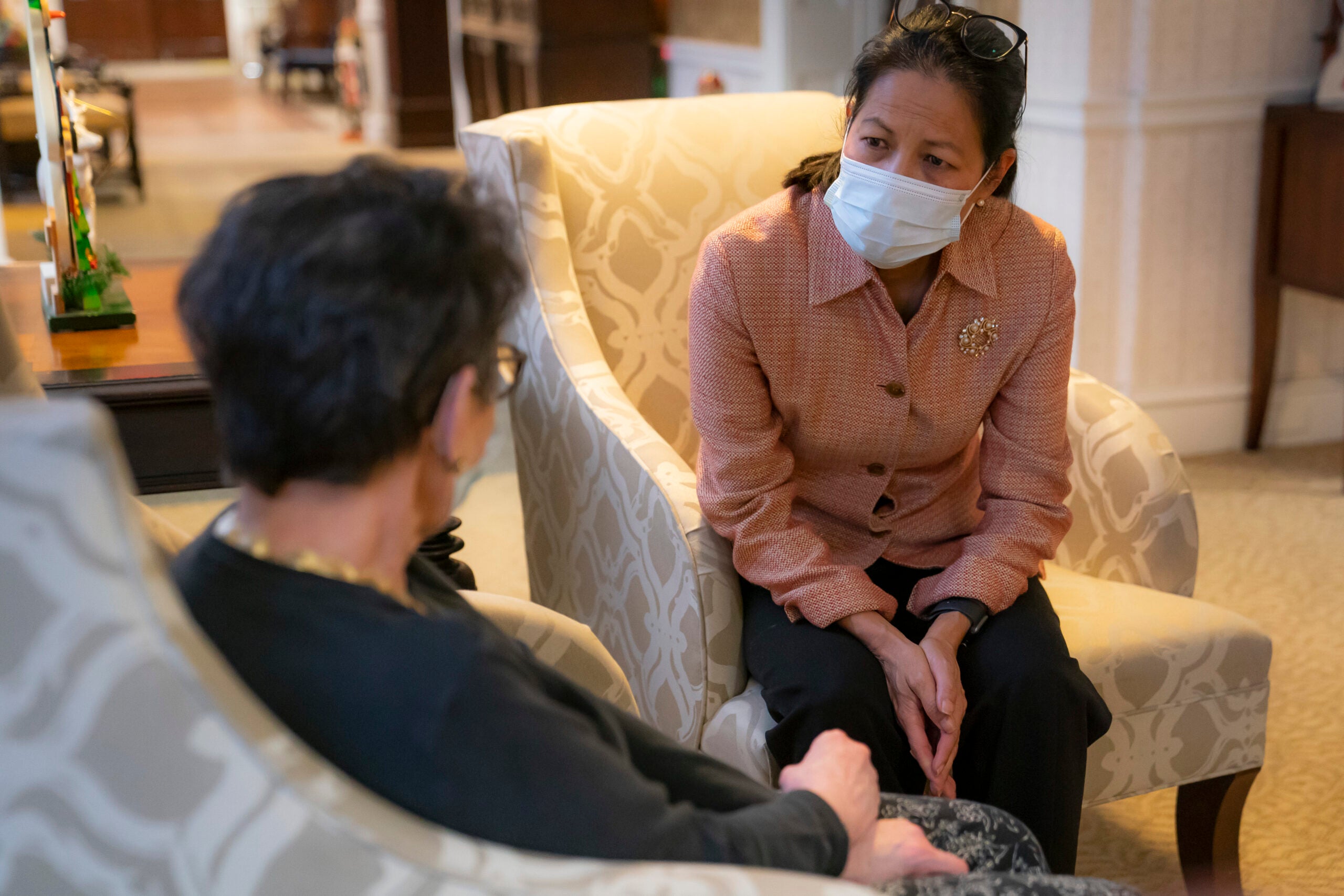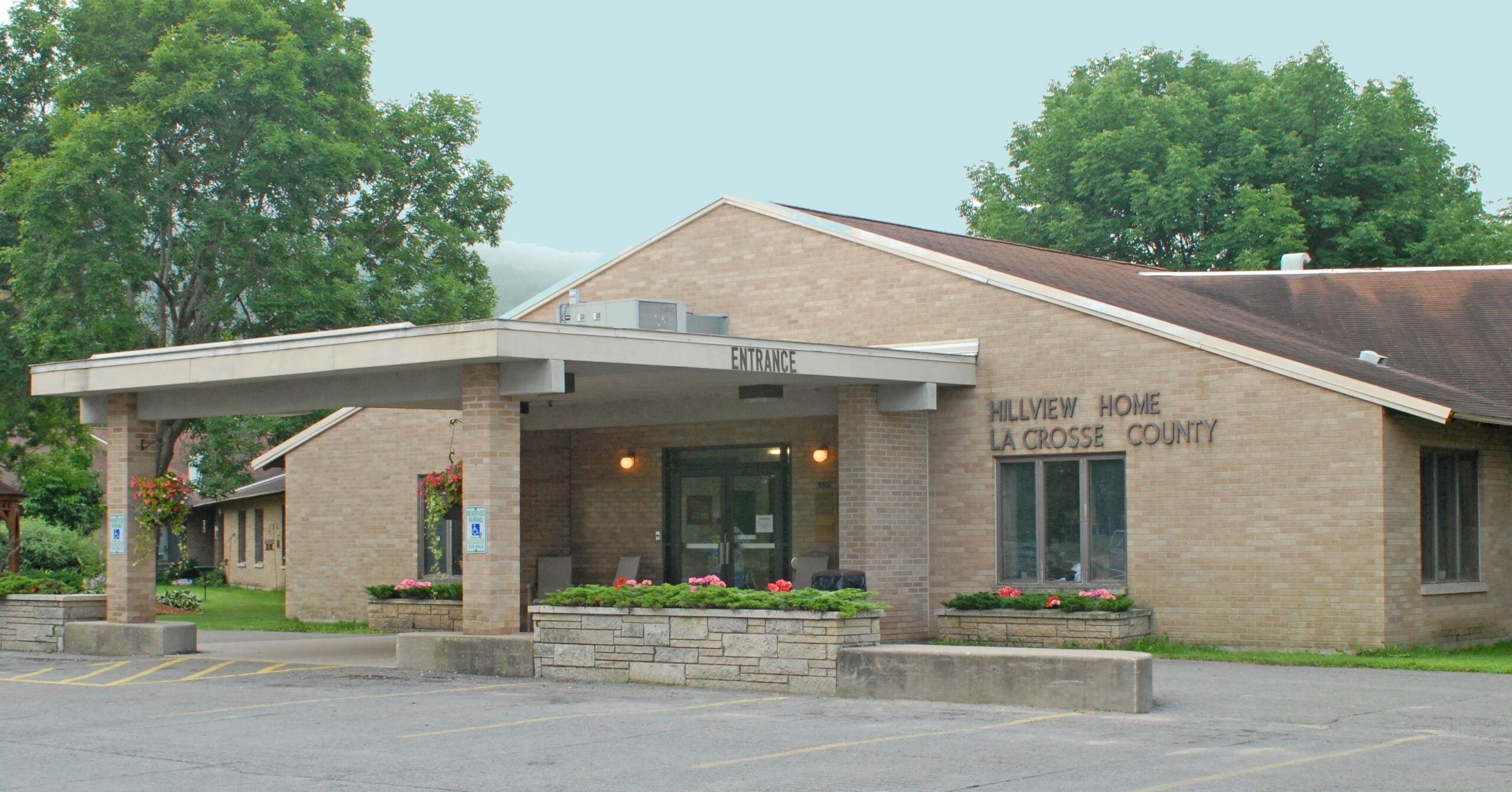An influx of baby boomers hitting age 75 by the end of the decade is expected to stress Wisconsin’s elder care system, requiring nearly 10,000 more workers to join the industry.
That’s according to a new report from Forward Analytics, the research arm of the Wisconsin Counties Association, examining how the state’s aging population will affect elder care facilities.
From 2000 to 2020, the report said Wisconsin’s nursing home and assisted living beds generally kept up with growth in the population of people 75 or older.
Stay informed on the latest news
Sign up for WPR’s email newsletter.
But the oldest members of the baby boom generation turned 75 in 2021, and by 2030 the number of 75-plus residents in Wisconsin is expected to grow by 41 percent, the report says. By 2040, the 75-plus population is expected to grow by another 24 percent.
“That population is going to grow so fast in the next 15 years that the beds are not likely to keep up,” said Kevin Dospoy, deputy director of Forward Analytics.
The report estimates that Wisconsin needs to add roughly 33,000 elder care beds by 2030 to keep up with demand, and another 26,500 in the following decade.
“It’s definitely going to strain the system,” Dospoy said.
Beyond needing to build enough capacity to meet the needs of an aging population, ensuring elder care facilities have the staff to provide quality care may be an even bigger challenge, the report says.
Wisconsin would need an additional 9,900 registered nurses, certified nursing assistants and home health aides by 2030 — just to maintain the current level of care those at nursing homes and assisted living facilities.
But the total growth among all nurses, CNAs and home health aides is expected to be 12,800 by the end of the decade, according to projections from the state Department of Workforce Development.
That means the elder care sector would need roughly 75 percent of that projected growth, despite only employing about 20 percent of those occupations as of 2023, the Forward Analytics report says.
“That’s a tall order,” Dospoy said of the long-term care industry’s workforce needs. “I think it’s unlikely because there’s so many other places of employment that are competing for these three occupations.”
Namely, the state’s hospitals are also expecting to see increased demand from aging baby boomers as well, according to a March Wisconsin Hospital Association report.
By 2030, the report says all baby boomers will be of retirement age. In 2021, people 65 or older made up less than 20 percent of the population, but accounted for 40 percent of health care spending in the United States, the report said.
“That surge of retirements is going to end for other industries,” Ann Zenk, senior vice president of workforce and clinical practice for the Wisconsin Hospital Association, told WPR in March. “For health care, the surge in demand created as we age is going to persist for a couple more decades.”
Lisa Davidson, president and CEO of nonprofit elder care association LeadingAge Wisconsin, said nursing homes and assisted living facilities in the state are already seeing increased demand for service — and workforce capacity hasn’t been able to keep up.
“What our members want to do is to be able to meet the needs of their community,” she said. “The last thing we want to see is someone is having to go hundreds of miles away, or even just a few counties away so that they can receive services.”
Davidson said LeadingAge has been working with refugee resettlement agencies to try to help connect refugees coming to Wisconsin with careers in long-term care.
She said the partnership has already paired some refugees with long-term care providers.
“That is proving to be very successful,” Davidson said. “We have some members that have had success in terms of bringing in refugees to work at their organizations, and that has ended up really being a great pipeline for them.”
She also said long-term care providers will have to ramp up other recruitment efforts to try to introduce K-12 students to careers in elder care before they reach high school.
Despite those efforts, Dospoy said the state’s worker shortage is demographic-driven. Baby boomers are aging out of the workforce and there’s a lack of new workers moving to Wisconsin.
“Every state needs people because birth rates are so low,” he said. “So as far as your options to attract people, there’s no real silver bullet.”
Wisconsin Public Radio, © Copyright 2025, Board of Regents of the University of Wisconsin System and Wisconsin Educational Communications Board.







